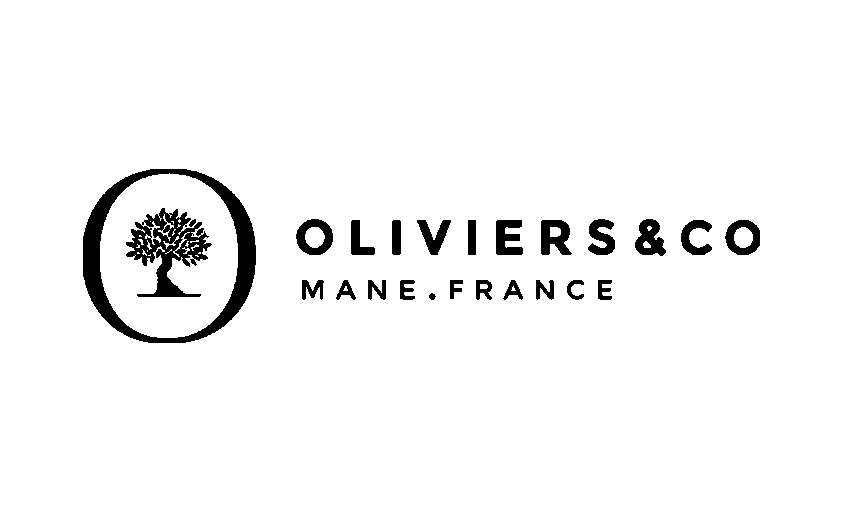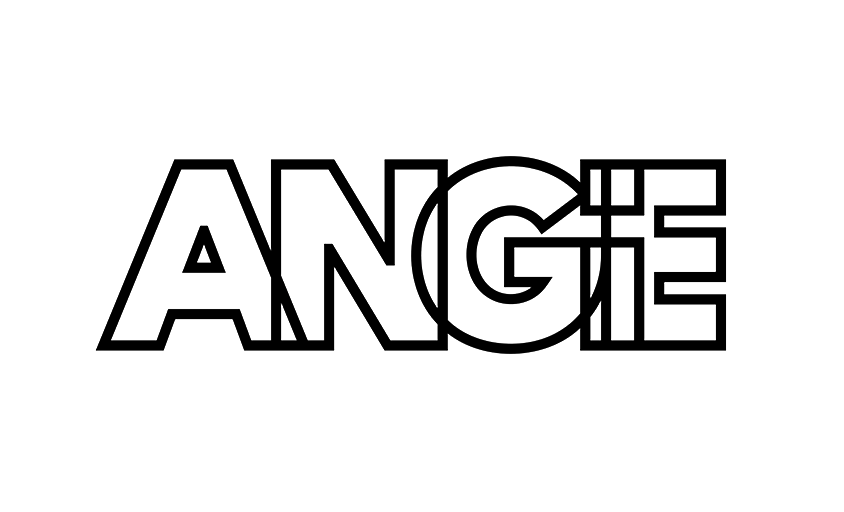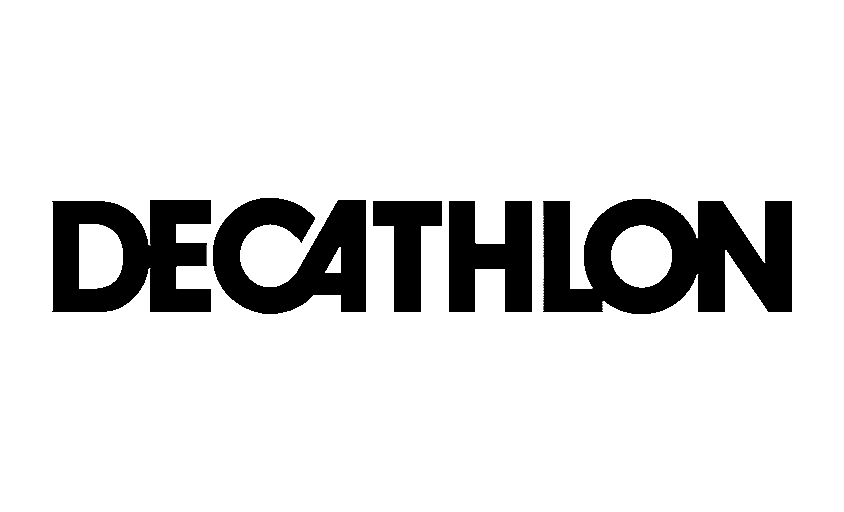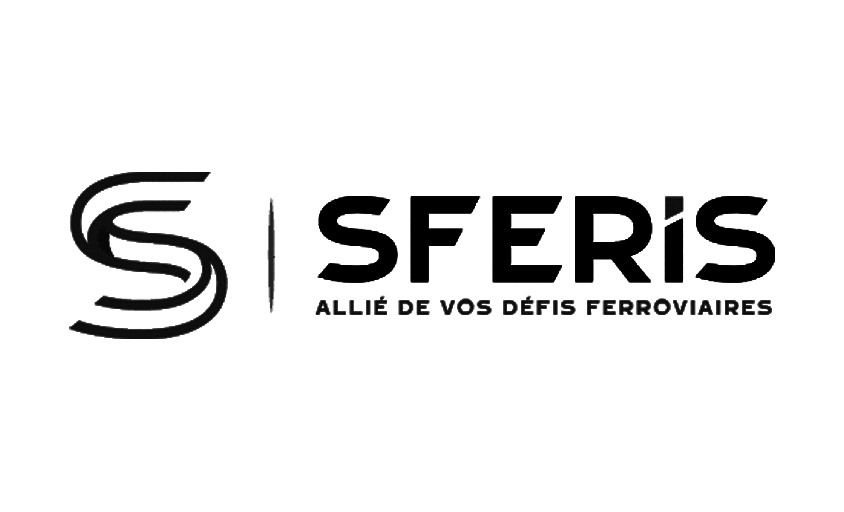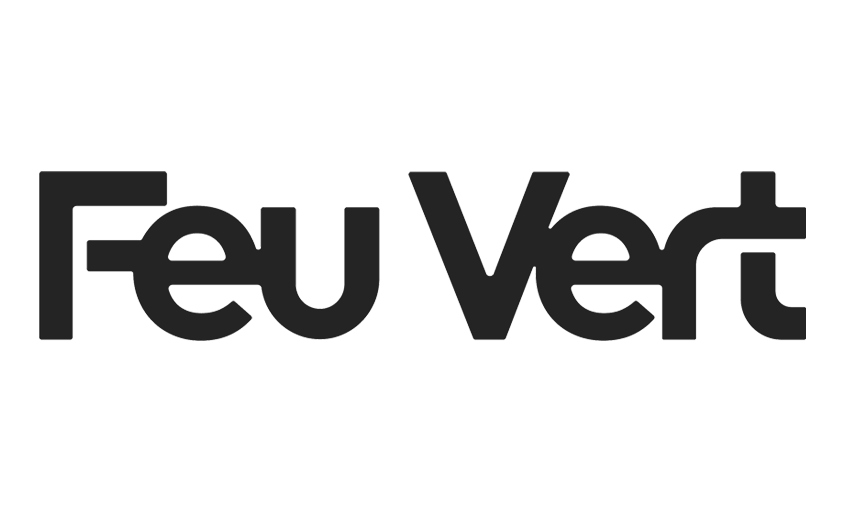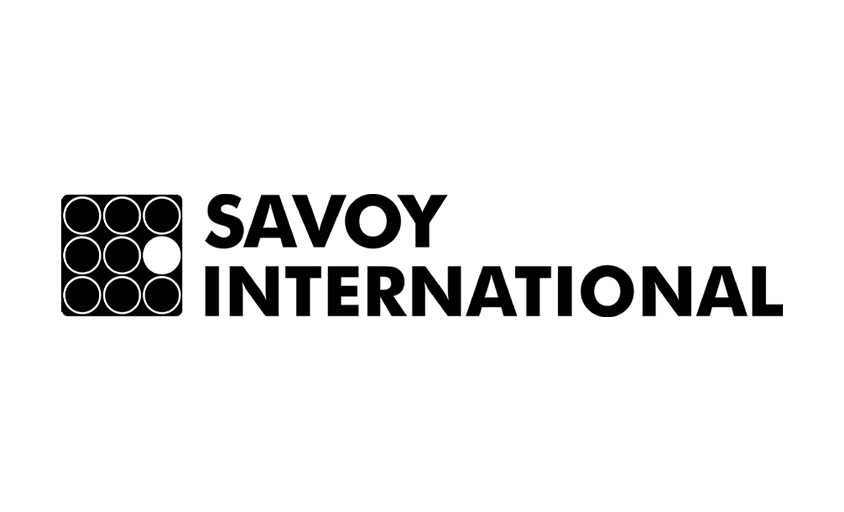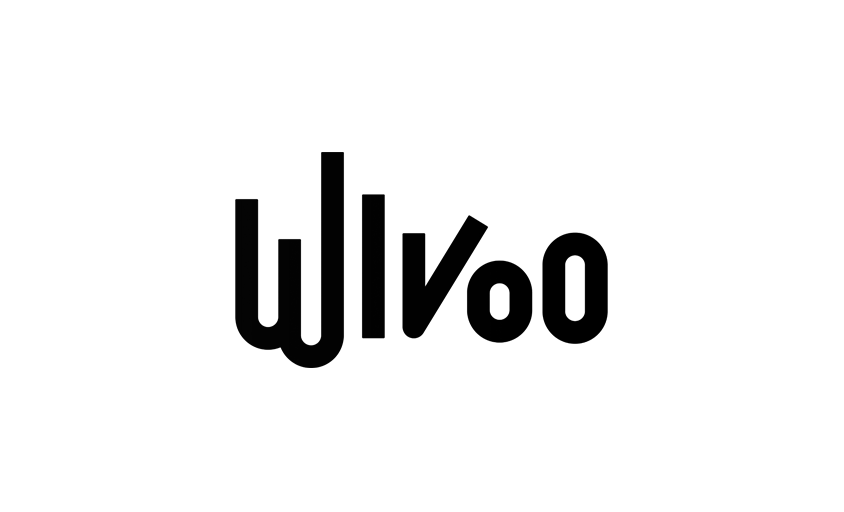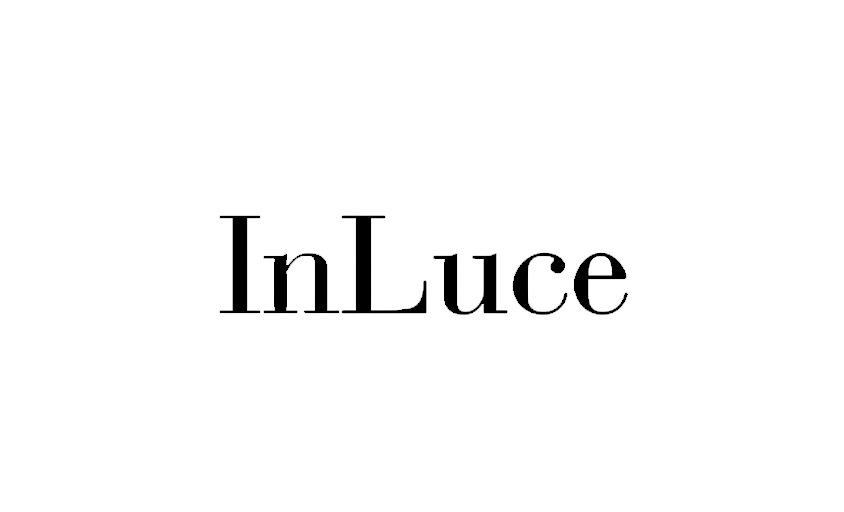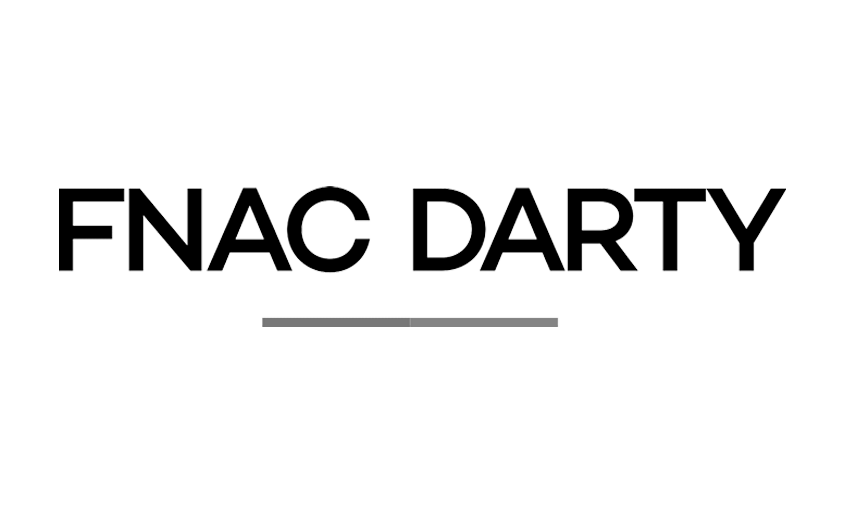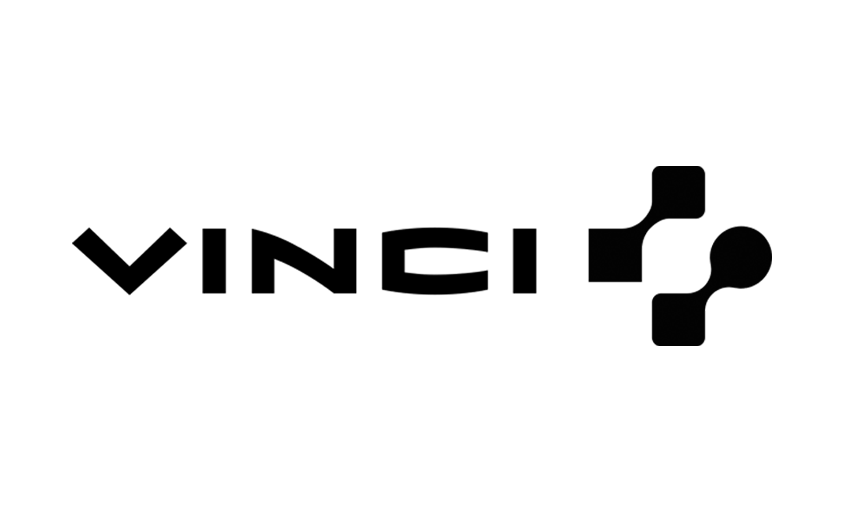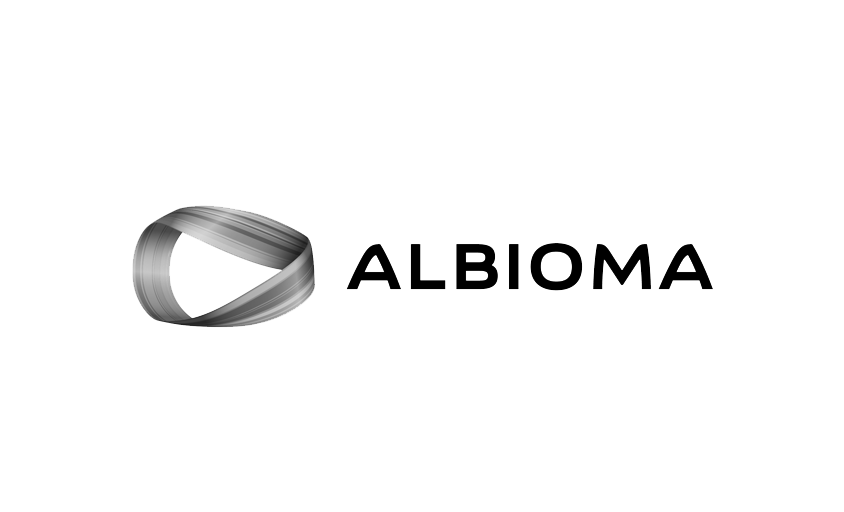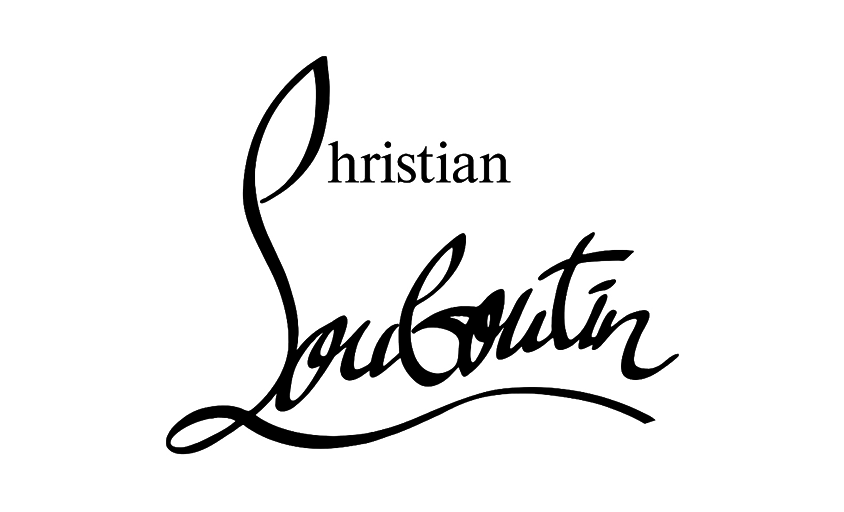Building Image Rights: What the Law Says in France
In this article :
Can you freely photograph a building and publish its image without permission? In architectural photography, the issue of image rights raises many uncertainties. Between protecting architects’ copyrights, obtaining property owners’ authorizations, and the limits of freedom of panorama, the rules vary depending on the usage. This article reviews what the law says in France, with concrete examples and practical advice for photographers, agencies, and companies who want to use building images legally.
1. Copyright and Architecture: Is a Building a Protected Work?
Not all buildings are merely functional constructions: some are the result of artistic and intellectual efforts and are therefore subject to copyright law. In France, the Intellectual Property Code recognizes that architectural works can be protected as works of the mind, just like a photograph, a novel, or a sculpture.
The architect, as the author of the work, holds both economic and moral rights attached to their creation. This means they can claim authorship, oppose modifications that would distort the spirit of the work, and authorize or prohibit its reproduction, including in the form of photographs publicly displayed.
However, note that this protection does not apply to all buildings. To be covered by copyright, the architectural creation must be original, meaning it bears the personal stamp of its author. A purely functional or standardized building (such as social housing blocks, industrial warehouses, or nondescript houses) generally does not meet these criteria.
Finally, this protection lasts up to 70 years after the architect’s death. After this period, the work enters the public domain — but this does not necessarily mean total freedom of use (see the building owner’s image rights).
2. Image Rights of a Building: A Right of the Owner?
Unlike natural persons, buildings do not have an absolute image right as such. The legal principle, confirmed by case law, is that the owner of a property cannot oppose its photographic representation, except in very specific cases.
Thus, the French Court of Cassation regularly reminds that “the owner of a property does not have an exclusive right over the image of that property” (ruling of May 7, 2004, Canal+ case). Therefore, they cannot forbid an external photograph of their property, as long as it does not infringe on their privacy or cause particular disturbance.
However, certain situations require caution:
- If the photo infringes on privacy (e.g., a bird’s-eye view of a private property, personal elements visible),
- If the building’s image is used commercially without authorization (advertising, packaging, merchandising),
- Or if the dissemination causes abnormal disturbance, for example association with controversial content or massive use of the image without compensation.
In other words, simply owning a building does not grant the right to forbid its photography, but the context of use can give rise to legal disputes.
3. Practical Cases: Can You Photograph a Building and Use the Photo?
Architectural photography often raises concrete questions: in which cases can you photograph a building and publish the image without authorization? The answer varies depending on the intended use, the building’s status, and the parties involved in the creative process.
a. Photography for Private or Artistic Use
If you photograph a building in a private, non-commercial, or artistic context, no specific legal framework prohibits you from doing so, except in cases of clear invasion of privacy (interior views, personal details).
Purely personal use (portfolio, author exhibition, personal blog without profit) is largely tolerated, even if the building is protected by copyright. Case law considers that artistic freedom of expression prevails as long as there is no direct commercial exploitation.
However, once the photograph is widely published (social media, books, public exhibitions), caution is advised, especially if the architect is identifiable or still alive.
b. Photography for Commercial or Editorial Use
Commercial uses (posters, advertising campaigns, catalogs, packaging, product illustrations) or high-distribution editorial uses (press, books sold, image banks) require greater attention.
In this context, two main legal risks arise:
- Copyright infringement, if the building is a protected work and the image clearly reproduces all or distinctive elements of its design;
- Violation of the owner’s interests, if the image is exploited without authorization for profit, especially if the building has strong symbolic value (museum, contemporary monument, branded architecture, etc.).
For example, including a photo of an iconic building in an advertisement without explicit authorization from the architect or owner could lead to legal action for unauthorized use of the image.
c. Is the Architect the Photographer or a Third Party?
A frequently overlooked point concerns the architect’s own role. Can they freely photograph and publish images of their own building? In principle, yes, since the author of a work retains usage rights over their creation, including for promotion or communication.
But if the architect has transferred their rights or if the building belongs to a private or public entity that has imposed contractual restrictions (such as a museum or real estate group), owner authorization may be necessary.
As for a third-party photographer (freelancer, agency, employee), their rights are governed by:
- The commissioning contract (transfer or assignment of rights),
- And respect for the architect’s copyright if the work is protected.
Simply possessing a photo of a building does not automatically guarantee the right to publish it commercially unless the proper authorizations have been obtained.
4. Freedom of Panorama: Exception or Right?
Freedom of panorama is a legal concept that allows, in certain countries, the free reproduction and distribution of works located in public spaces, such as buildings, sculptures, or artistic installations. In theory, this exception is an important asset for architectural photographers. In practice, France applies this freedom very restrictively.
Under French law, Article L122-5 of the Intellectual Property Code provides that certain reproductions of works are permitted without the author’s consent, notably for citations, press reviews, or educational uses. However, freedom of panorama is not explicitly included among these general exceptions.
Since a reform in 2016, a very limited exception was introduced in Article L122-5-11°: it authorizes the reproduction and display of architectural or sculptural works permanently located in public spaces, but only for non-commercial purposes. This means that:
- A photo posted on a personal blog or social network without profit is tolerated;
- Commercial use (sale, advertising, product illustration) always requires authorization from the author (or their rights holders).
The situation differs in other countries. In Germany or the United Kingdom, freedom of panorama is much broader: photographers can freely sell or publish images of buildings or sculptures visible from public spaces, including for commercial purposes.
For French professionals, this difference is a common pitfall: photographing a work in a public space does not automatically mean you can commercialize it without restriction. When in doubt, it is better to refer to local legislation or obtain authorization.
5. Practical Advice for Photographers and Businesses
Given the complexity of image rights applied to architecture, it is essential to adopt good professional practices, whether you are a photographer, client, or user of images. Here are the key steps to secure your shoots and their distribution.
a. Identify Protected Buildings
Before photographing a building for commercial purposes, ask yourself:
- Is the building original or emblematic?
- Is it the work of a recognized architect (contemporary or recently deceased)?
- Is it located in a private or regulated area (museum, restricted-access park, company property…)?
If the answer is yes, there is a strong chance that the work is protected by copyright, or that its distribution is subject to contractual restrictions.
b. Obtain Necessary Permissions
When in doubt, take a proactive approach:
- Contact the architect or their agency to obtain reproduction authorization (especially for commercial uses).
- Seek the owner’s consent if the shoot takes place on private property or if the image will be associated with a brand, product, or advertising campaign.
- Draft a clear rights transfer contract when commissioning photography, specifying the intended uses of the image, the rights granted, and any limitations.
c. Secure Editorial and Commercial Uses
Photographers and agencies should always keep a record of obtained authorizations (emails, contracts, forms). In case of dispute, this helps prove good faith and limit legal risks.
For companies purchasing or using visuals, it is advised to:
- Verify the rights linked to the images (stock, image banks, commissions),
- Avoid editing or altering buildings without authorization,
- Have professional liability insurance covering potential infringements of copyright or privacy rights.
d. Seek Professional Guidance if Needed
If in doubt about the legality of a photo or the extent of rights to be obtained, it is better to consult an intellectual property lawyer or work with experienced photographers familiar with these issues. This prevents many complications when distributing or commercially exploiting images.
Conclusion
Photographing a building may seem straightforward, but the dissemination of its image (especially for commercial purposes) is governed by specific legal rules. The architect’s copyright, the owner’s rights, and the limited freedom of panorama mean that each situation requires case-by-case analysis.
For both photographers and businesses, respecting these rights is not only a legal obligation but also a sign of professionalism and integrity. By anticipating permissions, regulating usage through contracts, and staying informed of legislative developments, it is entirely possible to carry out ambitious visual projects safely.
Finally, partnering with skilled professionals, such as Rétines, is often the best way to combine visual creativity with legal compliance.
Jérémy Carlo is the editorial director at Rétines, where he ensures the consistency and clarity of all content produced by the studio.
Our Clients
Let’s discuss
What we do for you at Rétines
Meticulous work, an organised project and fast delivery. And to achieve this, we mobilise the right resources in our teams at the right time.
01
Pre-production
Artistic and technical direction tailored to the project.
Relevant recommendations on content, form and resources.
02
Photo Shooting
Photos taken by our experienced photographers.
Production that’s controlled, efficient and tailored to the needs of the project, with nothing superfluous.
03
Retouching
Technique
Photographs magnified by our retouching team.
Post-production to meet the commercial challenges of the brief.

